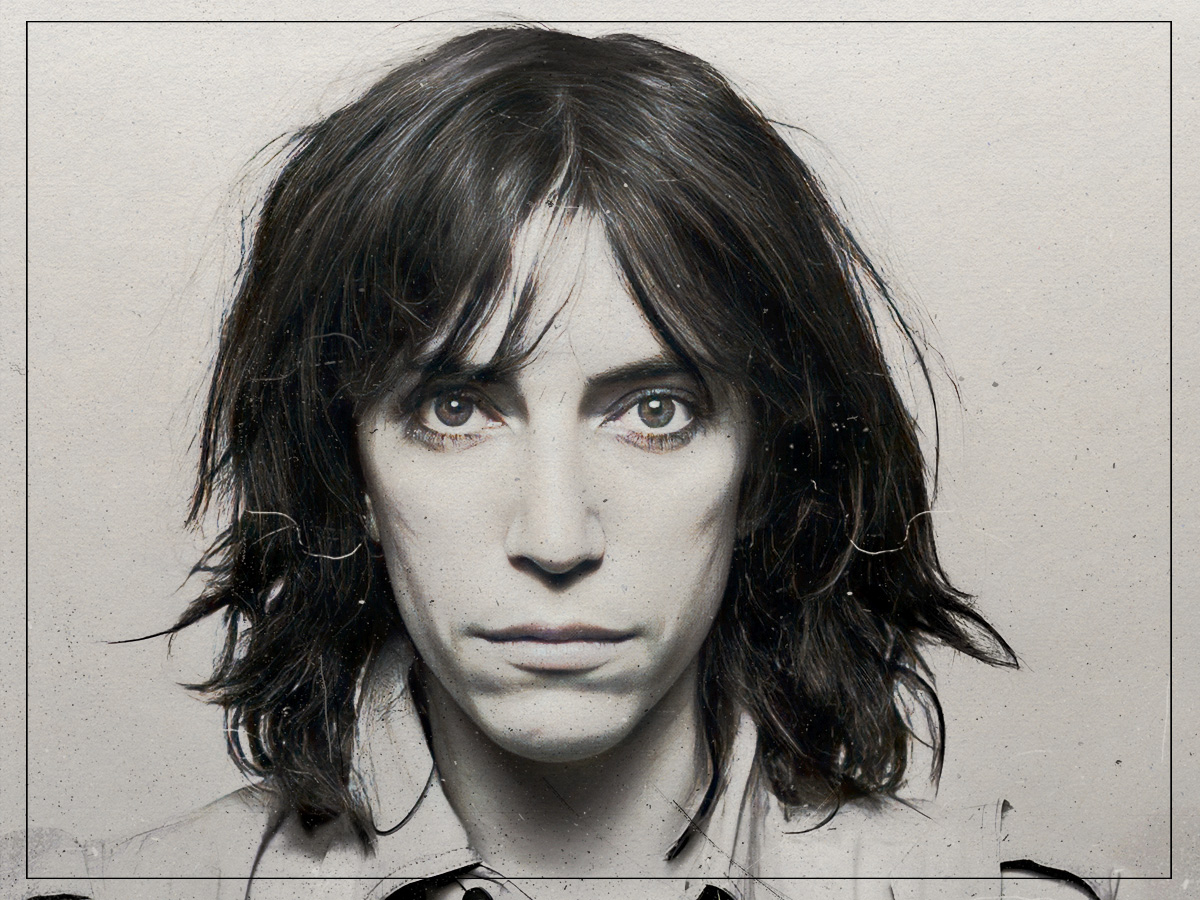
(Credits: Far Out / Alamy)
Wed 13 August 2025 0:00, UK
To say that Patti Smith retired in the 1980s is incorrect. Instead, she merely retreated to raise her family, stepping back from the public spotlight but still working as hard as ever on her creative endeavours alongside her husband. But when he passed, she knew she had to return.
It’s hard to even imagine the weight of personal grief Patti Smith has endured. Throughout her memoir, Just Kids, eras are punctuated by the death of friends and idols alike, as she wrote sadly, “Many would not make it.” As she survived, living to tell their stories and still celebrate their work today, she feels no victory in that fact, adding, “I feel no vindication as one of the handfuls of survivors. I would rather have seen them all succeed, catch the brass ring. As it turned out, it was I who got one of the best horses.”
But in the late 1980s to the mid-’90s, the world took from her, in quick succession, the most important men in her life. In 1989, her best friend and creative twin flame, Robert Maplethorpe, passed. In November 1994, her husband and collaborator, Fred Smith, died, and soon after that, her brother, Todd Smith, died suddenly of a heart attack.
Wracked and overcome with grief, Smith’s life suddenly looked different. In 1979, she and Fred moved from New York to Michigan. She decided to tour no longer or perform, instead devoting herself to raising her children and working privately. She wasn’t retired, though, as people liked to report, assuming that a woman switching priorities after having kids must surely mean her entire life purpose had changed. No, she was still working, writing poems, releasing books and releasing records. She just wasn’t on stage.
It was a period she loved, working at home with her husband as the two crafted Dream Of Life. But when he was gone and the house was quieter, she knew things needed to change.
More accurately, those around her knew things needed to change as in a strikingly moving act of care, a committee of people Smith admired and loved came calling to coax her back out into public life.
Michael Stipe was one of them as a long-term friend of hers. Bob Dylan was another as she said to the Harvard Business Review, “I hadn’t performed for over 16 years, but Bob Dylan offered me the chance to tour with him, which was a safe way to return.” Given her admiration for Dylan, this was an offer she felt she couldn’t turn down, and given the friendship the two had fostered over the years, it was a kind hand to hold during her return.
That balance became essential. Smith’s fragile return to music during a period of grief was powered by that mix of admiration and support as the people who had once been her idols and were now her friends gathered around to help, including Allen Ginsberg as another key figure.
He was instrumental,” she recalled to Beatdom, “He called me up; called my house and inspired me. He said that I should come and let the people help me with my grieving process and let my Loved One go on his journey.”
The cast of shoulder she leaned on was wide as her entire circle of collaborators seemed to move to help her, gathering again in 1998 to help her make Gone Again, the record that chronicles her grief, made amongst the tender love of old friends like Tom Verlaine, John Cale, Lenny Kaye and more.
Related Topics
The Far Out Bob Dylan Newsletter
All the latest stories about Bob Dylan from the independent voice of culture.
Straight to your inbox.

